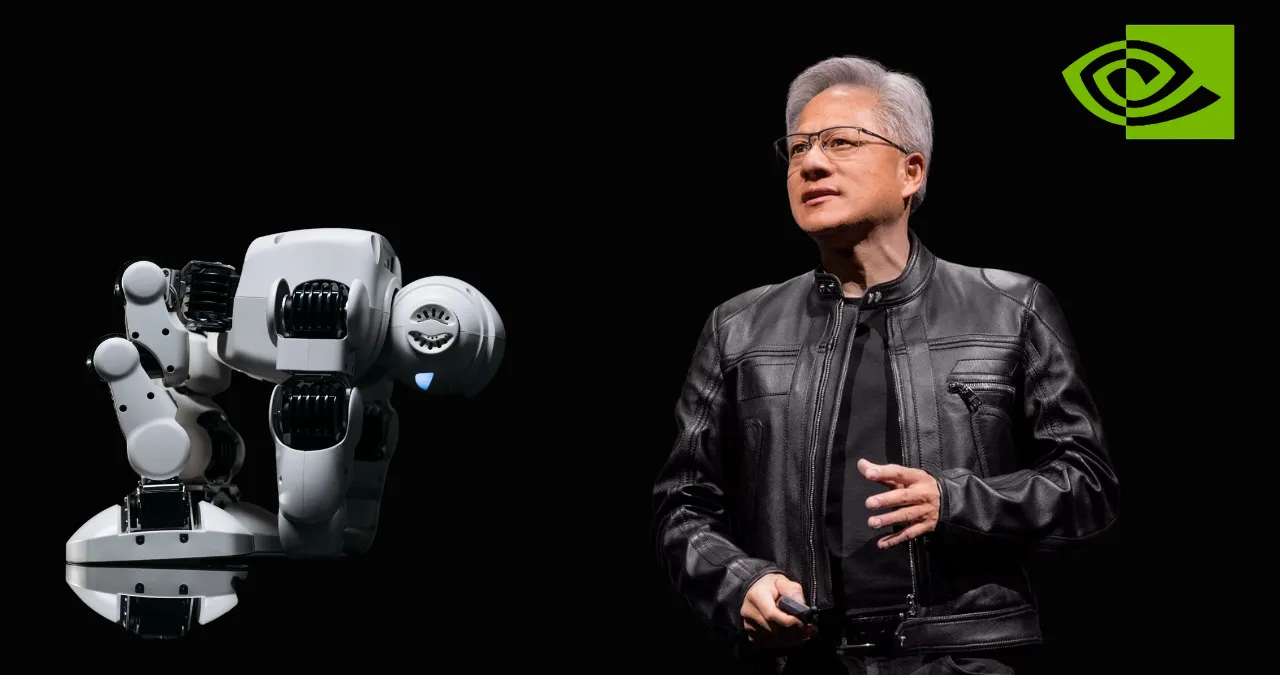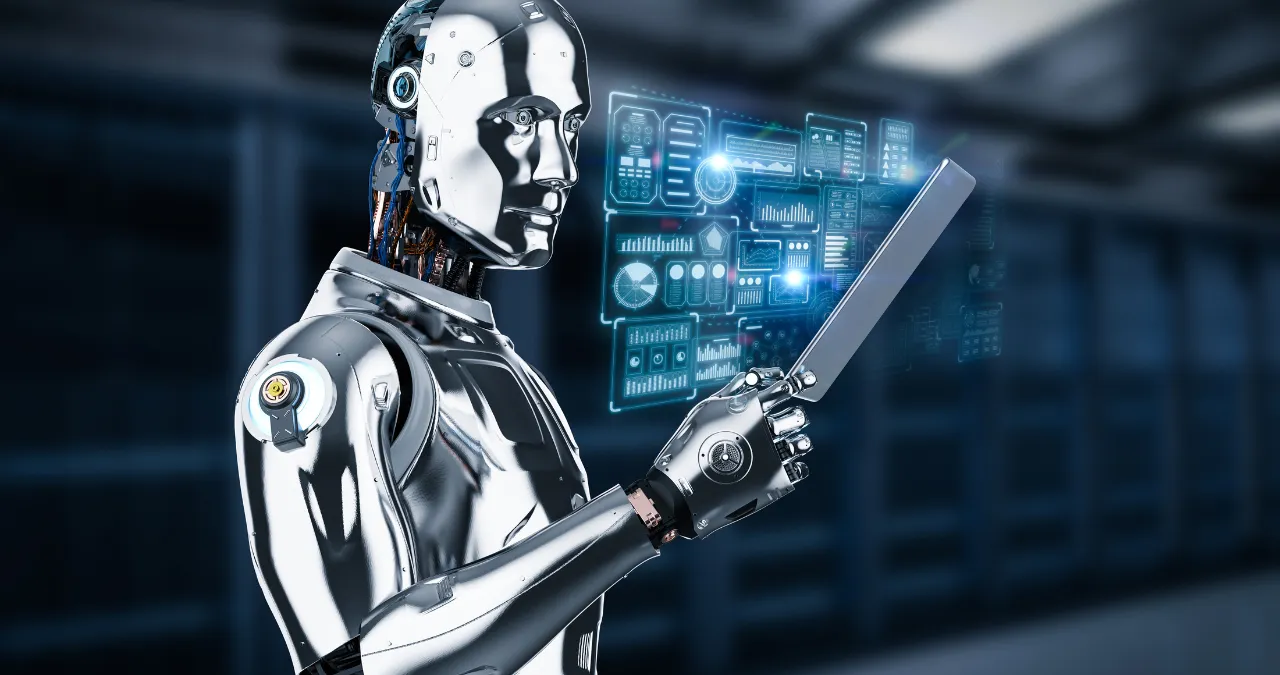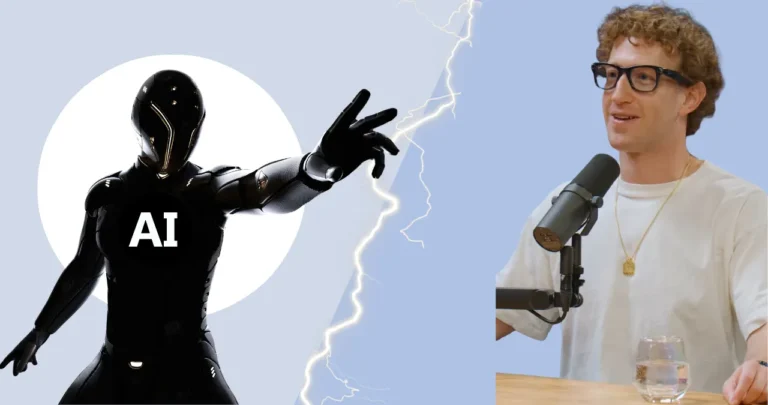In a world where artificial intelligence is no longer confined to chatbots and virtual assistants, Nvidia is pushing the boundaries into the physical realm. At the SIGGRAPH 2025 conference in Vancouver, the tech giant showed off its newest set of AI tools made just for robotics and embodied intelligence. The Cosmos world foundation models (WFMs) are what these new ideas are called.
They promise to speed up the process of making robots that can think, plan, and act in ways that are similar to how humans do. What does this mean for fields like manufacturing, healthcare, and self-driving cars, though? Is this the big step that will take us into a time when machines are really smart, or is it just another step in Nvidia’s lead in the AI hardware market?
As we go deeper, it’s clear that these Nvidia Cosmos models aren’t just small changes; they could change the way we make and use physical AI systems.
The Big Reveal: Nvidia’s Push into Physical AI at SIGGRAPH 2025
Nvidia made its announcement during SIGGRAPH 2025, the biggest event for computer graphics and interactive techniques, where more than 20,000 people came to see how AI and simulation are coming together. The company, already a leader in GPUs for AI training, is now extending its reach into robotics—a market projected to grow from $45 billion in 2023 to over $210 billion by 2030, driven by advancements in automation and AI integration.
Nvidia’s strategy? Give developers a complete ecosystem that includes generative AI models, simulation tools, and high-performance computing infrastructure. This will let them make a lot of synthetic data without having to do expensive real-world testing.

Cosmos Reason is the heart of the reveal. It is a revolutionary 7-billion-parameter vision language model (VLM) made for physical AI uses. Cosmos Reason is different from traditional VLMs that are good at recognizing images or writing captions because it has “reasoning” abilities based on physics, memory, and common sense. This lets robots not only see what’s going on around them, but also make predictions about what will happen and plan their actions accordingly.
For instance, imagine a humanoid robot in a warehouse: Given a command like “pick up the fragile box without knocking over the stack,” Cosmos Reason could break it down into steps—assessing stability, calculating trajectories, and adjusting for potential errors—all while drawing on an understanding of gravity and material properties.
Joining Cosmos Reason are updates to the broader Cosmos family. Cosmos Transfer-2 enhances synthetic data generation by transforming 3D simulation scenes or spatial inputs (like depth maps) into photorealistic videos, speeding up the process by up to 10 times compared to previous iterations.
There is also a distilled version of Cosmos Transfer that is optimized for real-time inference on edge devices. This makes it perfect for on-robot deployment where speed is important. These models are based on Nvidia’s Cosmos Predict-2, which uses text or image prompts to predict how the world will be in the future. This lets developers test rare edge cases like bad weather in self-driving car situations.
Nvidia didn’t stop at models. They introduced new neural reconstruction libraries that leverage advanced rendering techniques to recreate real-world environments in 3D using sensor data from cameras, LiDAR, or radar. This technology is being added to well-known open-source simulators like CARLA, which will make training self-driving cars more accurate.
Also, updates to the Omniverse software development kit (SDK) give developers the tools they need to create custom workflows that combine simulation, AI training, and deployment on a single platform.
Nvidia released the RTX Pro Blackwell Server, a powerful piece of hardware made for robotics tasks. It has a single architecture that can handle everything from generating data to making inferences about models. DGX Cloud is a managed platform that lets teams scale computations without having to worry about physical infrastructure. These announcements show Nvidia’s vision: as AI moves beyond data centers, robotics will be the “next big use case” for its GPUs, which could unlock trillions of dollars in economic value across many industries.
Why Cosmos Matters: Bridging the Gap Between Simulation and Reality
The “reality gap” has been a problem in robotics for a long time. It is the difference between how well robots do in simulations and how well they do in real life. When robots are only trained on data from labs, they often fail in unpredictable situations, which can be dangerous or costly. Nvidia’s Cosmos suite solves this problem by making a lot of synthetic data that follows the rules of physics and is varied. With over 2 million downloads of Cosmos WFMs already, developers are using these tools to create datasets encompassing millions of hours of video, far surpassing what’s feasible through manual collection.
Take Cosmos Reason as an example. Built on the Qwen2.5-VL-7B architecture and fine-tuned with supervised learning and reinforcement from human feedback, it processes video inputs alongside text prompts to output step-by-step reasoning. In benchmarks like RoboVQA and BridgeDataV2, it achieves up to 65.7% accuracy in embodied reasoning tasks, outperforming base models by 15% after post-training. This isn’t just hype; companies like Figure AI and Boston Dynamics are early adopters, integrating Cosmos for humanoid robots that can navigate “long-tail” scenarios—rare events like slippery floors or crowded spaces.

The implications extend to video analytics. The universe Reason can analyze surveillance footage to find the root cause of something, like why a manufacturing line stopped, without needing a lot of human labeling. It improves trajectory planning in self-driving cars by using physics to guess how things will move.Nvidia’s partnerships with Uber and Zoom show how flexible this technology is. For example, Uber is using Cosmos to test self-driving fleet simulations, and Zoom is using it to make AI-driven video processing better in businesses.
But things don’t always go as planned. Critics say that while synthetic data speeds up development, it can also add biases if not handled carefully. Nvidia fights back with built-in guardrails and an open model license that lets people in the community help improve the models. Cosmos is available through Hugging Face and has inference scripts on GitHub. It is licensed under the NVIDIA Open Model License. This encourages collaboration in an industry that is often divided by proprietary technology.
Industry Reactions and Real-World Applications
The tech community has been abuzz since the announcement. Here is reaction of user from X.
This feeling is similar to a lot of other people’s excitement, with developers praising how well the models work with tools like Transformers and vLLM.
Experts like Tsung-Yi Lin, a principal research scientist at Nvidia, stress the potential for change: “By combining AI reasoning with scalable, physically accurate simulation, we’re enabling developers to build tomorrow’s robots and autonomous vehicles.” Industry pioneers such as CrowdStrike are leveraging Cosmos for enhanced security bots, while surgical robotics firm Moon Surgical uses it to simulate operating room scenarios.
To visualize the scale, consider this comparison table of key Cosmos models:
| Model Name | Parameters | Key Features | Use Cases | Performance Boost |
|---|---|---|---|---|
| Cosmos Reason | 7B | Physics-based reasoning, CoT prompting | Robot planning, video analytics | +15% on benchmarks |
| Cosmos Transfer-2 | N/A (Generative) | Accelerated SDG from 3D/spatial inputs | Synthetic data for AVs/robots | 10x faster generation |
| Cosmos Predict-2 | 7B | Future state prediction from prompts | Edge-case simulation | High-fidelity physics |
Challenges and the Road Ahead
Even though there is hope, there are still problems. Nvidia says that Blackwell platforms can process 20 million hours of video in just 14 days, which is a lot of computing power. This could make the digital divide worse by giving more power to well-funded groups. There are a lot of ethical issues, like job loss in industries that require a lot of work. Nvidia solves this by focusing on augmentation instead of replacement and making tools that make it easier for people and robots to work together.
Looking forward, Nvidia’s roadmap includes NIM microservices for Cosmos, enabling cloud-based deployment. As competitors like Google DeepMind and OpenAI ramp up robotics efforts, Cosmos positions Nvidia as the infrastructure kingpin. Will this lead to a robotics boom? Early signs from adopters like Skild AI suggest yes, with faster prototyping and safer deployments.
In conclusion, Nvidia’s Cosmos launch isn’t just a new product; it’s a look at a future where AI connects the digital and physical worlds. As these technologies get better, they could help with big problems around the world, like taking care of the elderly and keeping an eye on the climate. But success depends on responsible growth. For now, the curiosity is palpable: How soon until we see Cosmos-powered robots in our daily lives? The answer might be closer than we think.
Also Read This: Why Tech Layoffs Are Rising in 2025 – And It’s Not Because of AI
Also Read This: Perplexity Launches Comet AI Browser That Could Replace Recruiters & Assistants


